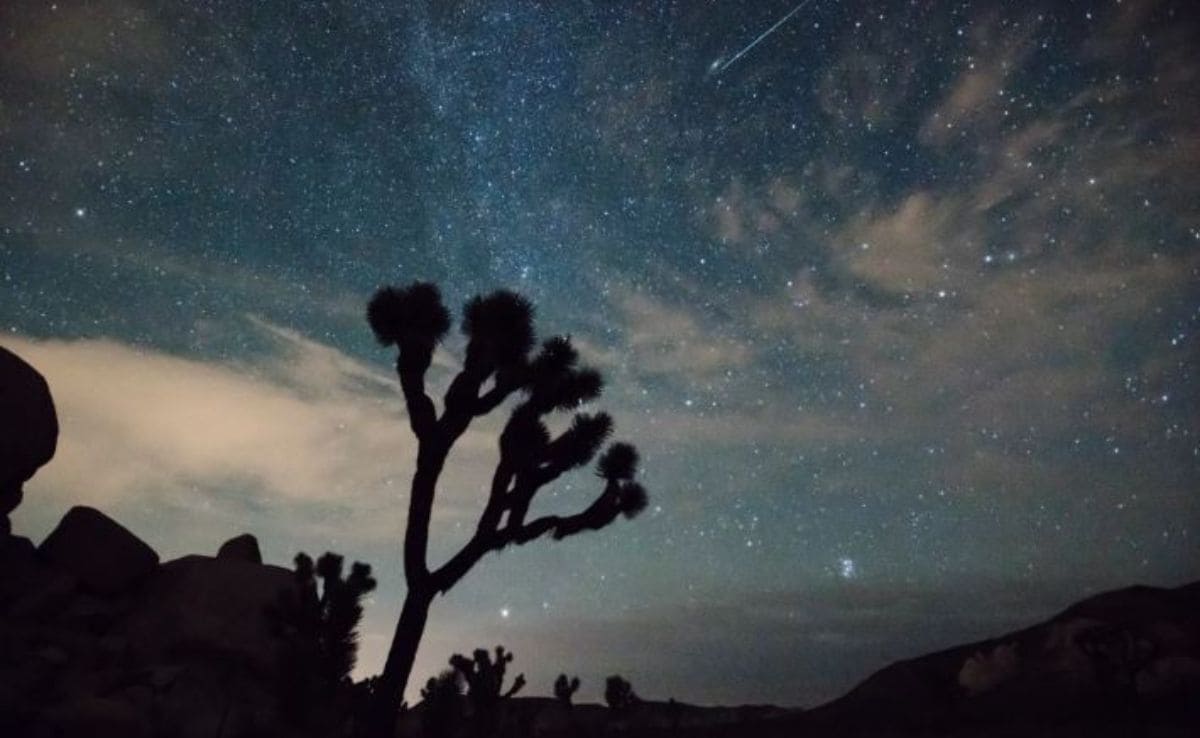
Next week, stargazers are set to get a treat as the annual Perseid meteor shower is set to reach its peak, known for its vivid display of "shooting stars," marking a summer-sky highlight.
While the December Geminids normally have higher meteor counts, the Perseids have one peculiar advantage: perfect timing. They usually appear early in August, which means that they hit the holidays and camping seasons exactly. It is one of the best occasions to do some skywatching.
This year, the peak of the Perseid meteor shower will be on the nights of August 11-12. On peak display, viewers could view up to 100 meteors per hour; this may be affected by moonlight. Though not as strong an effect as in former times, the spectacle is sure to charm the viewers.
According to NASA, this year's Perseids will be slightly impacted by a 53% waxing moon, but the moon will set right as the Perseids begin to peak. This means that if you are in an area free from light pollution and enjoy clear skies, you may be able to see quite a few meteors over the course of the night. How many will you be able to see? There's only one way to find out for yourself how strong the Perseids will be this year: go outside and patiently watch.

Image of a Perseid meteor streaking over Joshua Tree National Park.
Photo Credit: Brad Sutton/National Parks Service
For a good view, find a dark spot, away from the lights of any city, and lie back for the cosmic show. It requires a lot of patience because meteors may appear at any time. The tech-savvy can also capture this celestial event with a camera.
The fleeting opportunity to see one of the most amazing natural spectacles was unfolding; don't turn your eyes away.
The Perseids
The Perseids originate from comet 109P Swift-Tuttle and have been observed for centuries. They are known as the "Tears of Saint Lawrence" in reference to the martyrdom of Saint Lawrence on August 10, 258 AD. This meteor shower is renowned for its visibility during warm summer nights, making it a popular event for both casual stargazers and seasoned astronomers.
Track Latest News Live on NDTV.com and get news updates from India and around the world

